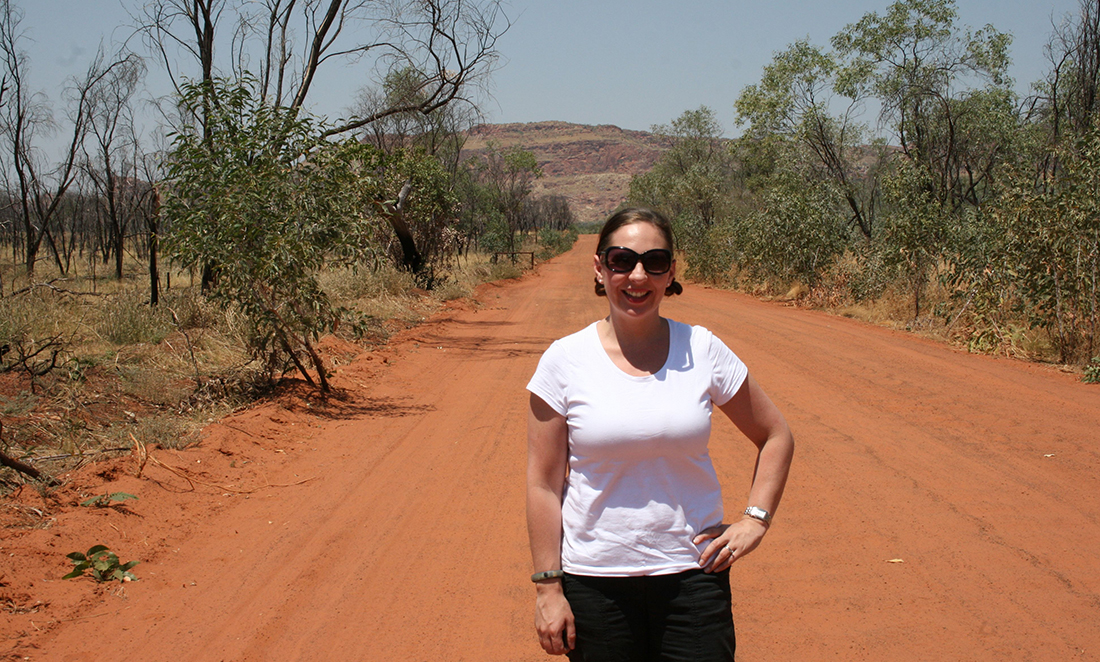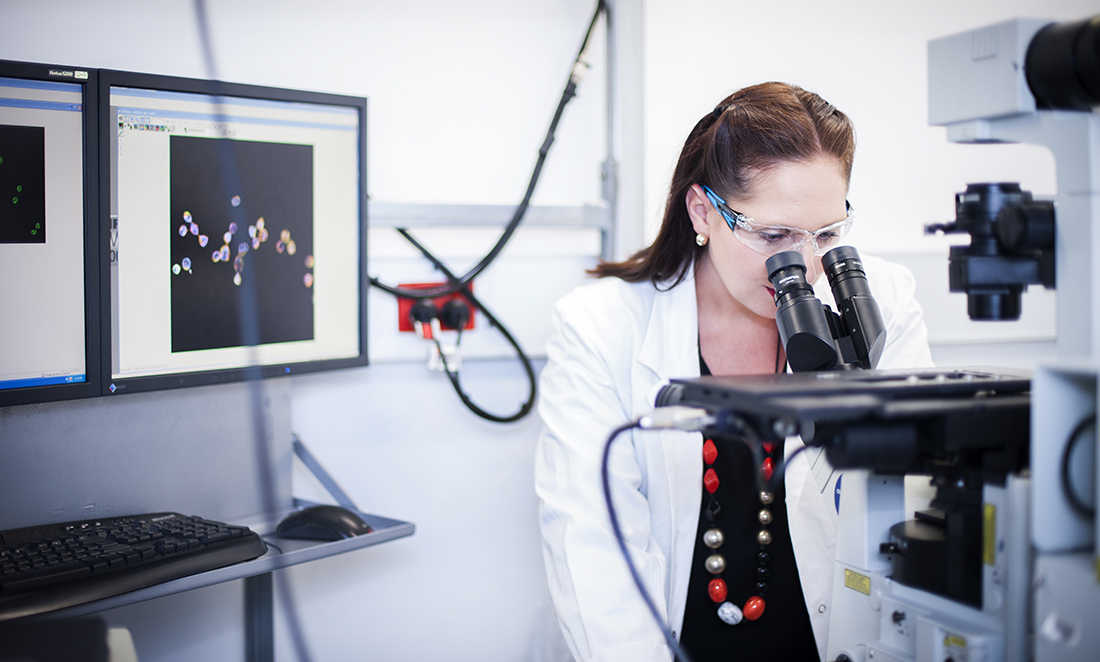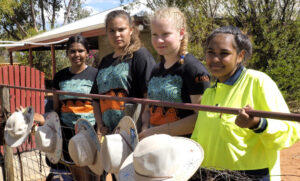Misty Jenkins leads her own immunotherapy lab searching for a cure for cancer at the Walter and Eliza Hall Institute.
She was the first Indigenous Australian to attend Oxford and Cambridge Universities as a postdoctoral research fellow. She’s worked with Nobel Laureates and has a PhD in microbiology and immunology.
But aside from all her research success, Misty’s also an advocate and role model for Aboriginal and Torres Strait Islander students, who she hopes to inspire into STEM careers.
STEM has always been a part of Misty’s world, even before she’d heard of it.
Follow your passion
“I was a pretty nerdy kid, and from the age of 8 or 9, I joined St John Ambulance, competing in first aid competitions,” Misty says.
High school taught her more about health and disease, microscopes and how the body works.
From the age of 15, she developed a recurring tonsillitis and was curious why her lymph nodes were always swollen.
“Why was it so inflamed, and how were the cells talking to each other?”
Her curiosity about the world of health and medicine saw her enrol in a Bachelor of Science. There was no specific destination in sight, but she knew she wanted a career that was fun, challenging and rewarding.
Through her degree, she became fascinated with white blood cells, which led her to pursue cancer immunology-immunotherapy.
She now researches killer lymphocytes—a subset of white blood cells that protect our bodies from viruses and cancer. It’s a job she really loves because she followed her interests.
“An important message to kids is to do things that are interesting and tickle your fancy—follow your passion and develop it,” Misty says.
Increasing the Aboriginal voice
Growing up in regional Victoria, Misty is inspired by her mum, a Gunditjmara woman.
This has led to a strong interest in Aboriginal education and gender equality.
“When I finished my PhD, I went to Cambridge. There, I played a role in establishing the Charlie Perkins Scholarship for postgrad indigenous students,” she says.
At the time, there had been no Aboriginal students at Oxford or Cambridge.
“There have since been 36 graduates from this program, something I am very proud of.”
A need for diverse background faces
Misty has taken on the role of Deputy Chair for the National Centre for Indigenous Genomics.
This work is looking at sequencing Aboriginal DNA to generate a national reference genome with a focus on improving health outcomes for Indigenous people.
“Currently when DNA is sequenced, it is compared to a white person’s genome,” Misty says.
“We know this is important and can sometimes lead to delays in patient care.”
“We need to have more women bringing their own alternative experiences, backgrounds and opinions to the table. I truly believe that to drive innovation in this country requires diversity and creative thinking from all backgrounds.”
Misty would like to see more Aboriginal and other diverse background faces in labs as engineers, scientists and doctors. With more diverse voices in the conversation, we could potentially avoid problems like this occurring.
“Particularly when we are having sophisticated conversations about DNA testing.”
She points out there is also a lack of women in leadership positions.
“We need to have more women bringing their own alternative experiences, backgrounds and opinions to the table. I truly believe that to drive innovation in this country requires diversity and creative thinking from all backgrounds.”

Alongside her full-time lab work, Misty visits schools in regional and remote communities.
“I visit remote communities and talk about what a wonderful career being a scientist is,” she says.
“I also work as an Ambassador at the Melbourne Poche Centre for Indigenous Health. I design curriculum to help facilitate Aboriginal students to study higher education in health and pursue PhDs.”
So strong are Misty’s passions for equality in STEM that she’s even using the prize money from the CSIRO Indigenous STEM Professional Career Achievement Award to create an online education resource tool. She wants to use this to share her lectures and movies with the public. Hopefully, she’ll create a better, fairer world while she’s at it.









